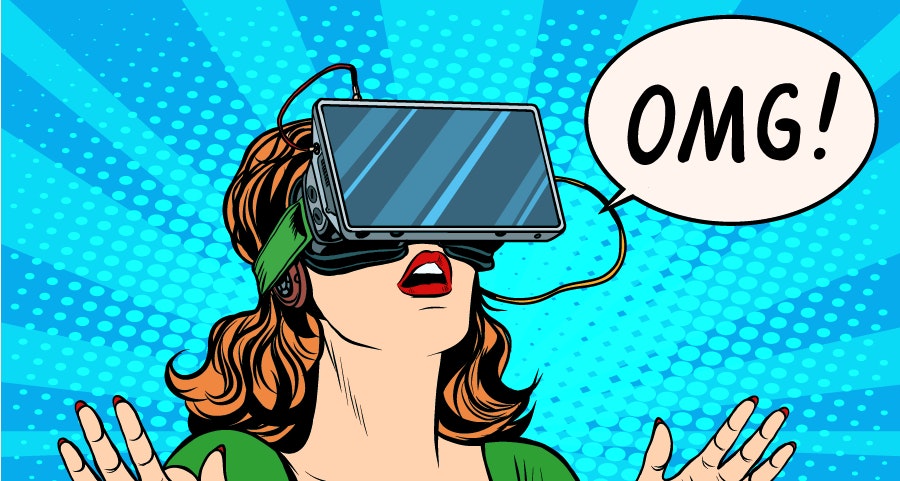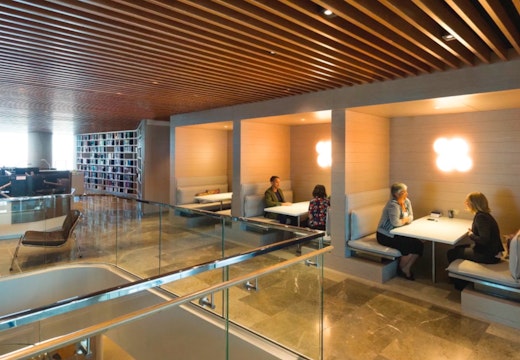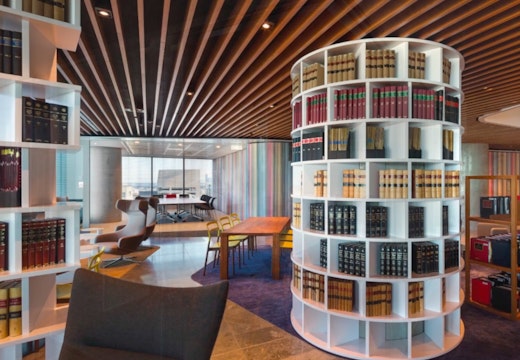Now you see it: the tech tools building belief in workplace design
The second in a series of posts from architects BVN on the digital revolution suggests that while the workplace has been slow to the digital party, new visualisation tools for designers will encourage creativity
There are many reasons why it is a challenge to describe the impact of digital on physical workplace design. One is that digital is manifested more through the experiences we have in spaces than in their outward physical appearance. Another is workplace has been very slow in coming to the digital party. Other types of environments, such as retail and entertainment, were early adopters and have now advanced to a point where a seamless digital experience is all but expected.
Contributing to the sluggish uptake in workplace is our propensity to want to measure and relate what we do in the environment back to return on investment before we will commit to major works. Clearly this is easier when repeating a design that is tried and tested, not so much when we hope to implement new ideas.
The role of belief
This highlights the critical role of belief in promoting innovative workplace design, because when it comes to challenging the status quo, clients must believe in ideas before they are willing to take a leap of faith. Of course at some point they will have no choice but to go out on a limb. It is our job to build the belief that will help them overcome fear.
Belief trumps truth every time. As designers we should never underestimate its power – for evidence of this one need not look any further than the vast amounts of workplace data that unequivocally proves the typical desk is frequently unoccupied, yet users swear hand-on-heart that they’re in their seat for a majority of the day.
Even though the data says the opposite they believe what they believe – and that is why it’s important for us to acknowledge that beliefs do not need to be ‘true beliefs’ for people to buy into them wholeheartedly. As we’ve seen with the US election and the Brexit vote, facts are often optional in the decision making process.
Believing in design
Another pitfall to be avoided is short-changing the critical role design plays in building belief. This begins with the development of a robust workplace strategy linking the organisation’s sustainability to the physical solutions we create. The relationship is the foundation for a rich narrative both designer and organisation can use to build broader buy in across an organisation.
Finally, once a design is created it must put employee experience first, surpassing pragmatic form and function to create a space that focuses on people’s experience. This is the blueprint for building belief.
Wonderfully conceived and designed spaces supported by convincing stories are an excellent start, but may still not be enough. Fortunately we can now call on digital tools to help our clients overcome their natural aversion to taking risks.
Digital tools support risk taking
In the first BVN post on the digital revolution, we talked about chip maker Qualcomm, one of the many working with Virtual Reality and instantaneous Artificial Intelligence. These new chips present audio and video, track eye, head and gestures and also track audio. All of this paves the way for virtual experiences that are more realistic than anything we’ve seen to date. Once relegated to the realm of video games, they’re now frequently used to enhance the design process.
Tech enthusiasts welcomed the long-awaited March 2016 ship date of the high-end consumer virtual reality headset Oculus Rift. Its arrival was significant because, until this date, there were none on the market that offered the quality and affordability an architect would require as an effective design communication tool. At $1,500 USD for the headset and computer that it operates on, Rift is affordable and sophisticated and is rapidly making its way into design practices.
A second digital tool, the hologram, has also moved beyond the lark stage to play a role in supporting designers. Today in Lowes, a home improvement retailer in the United States that is neither high end nor exclusive, customers can cruise the store and use Pinterest to drop pins on products they’re interested in. Then, donning a pair of Microsoft’s HoloLens goggles, they can view a high definition hologram of their kitchen remodel. It would be hard to find a more powerful tool in the today’s market to help workplace designers build belief.
From margins to mainstream
These technologies are quickly evolving from being follies and fads to tools of the mainstream. With their rapid development we’re quickly moving to a place where we’ll have real-time, dynamic, immersive 3-D experiences. Products like Magic Leap, currently in development but on the horizon, employ ‘augmented reality’ by creating realistic holograms superimposed on the field of vision. It is predicted such headsets will eventually scan our brains and transmit our thoughts – a technology that will communicate a full sensory experience.
When that day comes, it will be much easier for us to build belief. In turn we will have greater license to explore the boundaries of innovative workplace design.








